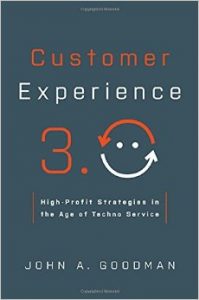Like it or not, workplace politics are a part of executive life. Politics are about power and influence, and using either to get things done. Some politics can be useful, if for example, the end result benefits the organization. But other times, power and influence can be used to serve personal agendas, often at the expense of others, or even the organization itself. So how to exert power with integrity?
Power can be broken down into two levers: power of ideas and power in a person. A politically savvy executive knows when to use either.
“Power of Ideas” is the least political approach to getting what you want and is characterized by these qualities:
- Prefers power through substance over use of position: Demonstrates a passion for and focus on ideas and results.
- Values feedback and learning: Genuinely seeks feedback, and doesn’t punish the mistakes of others.
- Does the right thing: Models integrity, has an unwavering moral compass, and puts the team and company before self-interest.
- Makes agendas known: Agendas are known to others. Trusts in the good faith of others.
- Believes in meritocracy-based decisions: Good work will be rewarded. Promotes others for work reasons vs. friendship.
- Lets results and ideas speak for themselves: Does not hard-sell strengths. Keeps head down. Acts with humility.
In contrast, flexing the “Power of Person” is a more political approach:
- Prefers to use positional power over substance: Actively studies who is powerful, aligns with those people and uses position power for good.
- Focuses on image and perception: Aware of others’ perceptions and strategizes to improve his or her reputation. Excels at “presenting and packaging”, selling the self.
- Does what works: Pursues what is possible with a can-do spirit, compromises as needed and can work the system.
- Keeps agendas private: Has strategic, prudent agendas and exerts verbal discipline and caution.
- Believes in relationship-based decisions: Stresses loyalty and strong alliances.
- Self-promotes: Boldly sells ideas and self, and confidently shares strengths.
Both of these approaches to workplace politics can be effective. The trick is being conscious of the entire political landscape and deciding when it would be more beneficial to use “Power of Ideas” or “Power of Person” for career success.
Want to know more about office politics? We recommend:
Survival of the Saavy: High Integrity Political Tactics for Career and Company Success by Rick Brandon, Ph.D. and Marty Seldman, Ph.D.
In what scenarios do you flex Power of Ideas or Power of Person?
Comment below! Or pose a question via Ask Mariposa.
MORE


